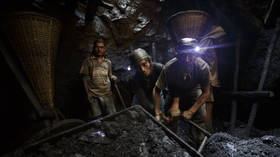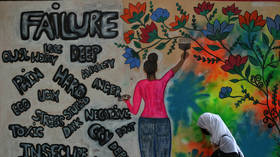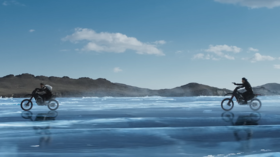Edge of the World: How research in Antarctica will help to decode the secrets of our planet
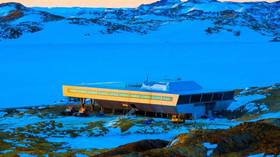
On a bright sunny day in December 2015, when an Ilusion-17 ALCI flight carrying a team of Indian scientists touched down at the Russian research station of Novolazarevskaya (Novo) at the Schirmacher Oasis in Antarctica, Dr. Rajashree V Bothale was both excited and nervous, like everyone else.
Alighting from the aircraft, she paused for a while on the blue ice runway to admire the pristine view, even as the piercing cold wind gave her a first taste of the hostile weather.
Almost an hour later, she reached Maitri – one of India’s two research stations in Antarctica – and the sight of the Indian tricolor flag, fluttering high, ended her worries. It filled her with pride. “Antarctica is a land of uncertainties,” says Dr. Bothale with a smile, as she connects with RT. “The challenges are many, but all of us [Indian scientists] were able to carry out our studies meticulously.”
She is among the Indian scientists who travel to the edge of the world, Antarctica, each year to enhance India’s understanding of polar atmosphere, glaciology, paleo-climate and polar biology. New Delhi’s 43rd such expedition to the land of fire and ice sets sail from Cape Town, South Africa on Thursday, December 21.
Dr. Bothale recently retired as deputy director of the Earth and climate sciences area in the National Remote Sensing Center, ISRO, Hyderabad. She was part of the 35th Indian Scientific Expedition to Antarctica (ISEA) that assessed the ice melt and its impact on the Antarctica region using satellite-derived products of sea surface temperature (SST), chlorophyll-a (Chl), and snowmelt.
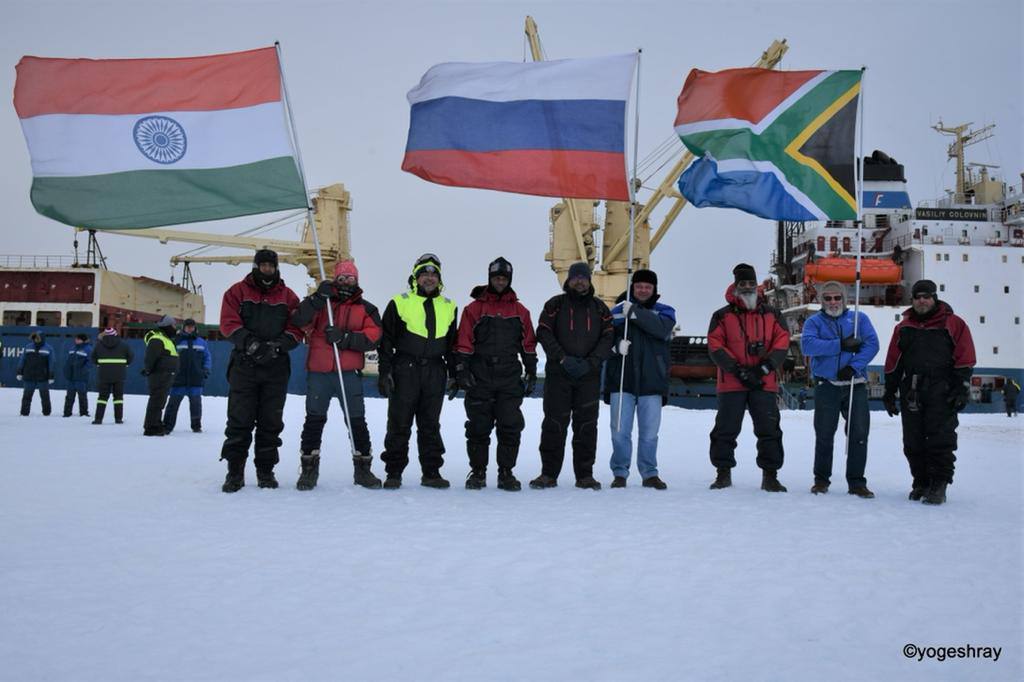
Melting ice sheets
According to Dr. Bothale, global atmospheric and oceanic temperature gradients have rapidly changed since the industrial revolution due to the emission of carbon dioxide and other greenhouse gases into the atmosphere as a result of various human activities like burning of fossil fuels, deforestation, land-use changes, and population growth.
“This effect is visible even in the polar regions, and the melting ice sheets in Antarctica and surrounding regions can be regarded as a consequence,” says the senior scientist, who took part in the 2015-16 expedition.
The spatio-temporal analysis of surface-ice melt over the Antarctic region plays an essential role in understanding global climate-driven changes and environmental studies, such as ocean currents and circulation, sea-level changes, primary productivity, energy budget, biodiversity loss, and the hydrological cycle.
“To capture and illustrate the dynamic changes of the ice sheet as it melts over the Antarctic region, remote-sensing technology has become the most effective and advantageous method by providing large-scale synoptic views of the spatio-temporal variability of corresponding climate-driven parameters,” Dr. Bothale says.
Challenges
In Antarctica’s harsh and unpredictable conditions, logistical arrangements face significant challenges and scientists face danger at every step. Katabatic wind of up to 300kph blows from the interior of the continent.
“During our study, a fellow scientist happened to step on a crevasse but luckily nothing happened,” the scientist recalls. “Thereafter, all of us tied ourselves together with ropes, moved cautiously and continued with our study.” She describes it as the scariest incident of her three-month-long stay in one of Earth’s most punishing regions.
The team would encounter sudden heavy wind and poor visibility, which meant that the team could not go out everyday.
“Even though it was summer in Antarctica, the weather was unpredictable. Our daily schedule would depend on it. Moreover, it required a lot of equipment like scatterometers among other things, and logistical support including a helicopter,” Dr. Bothale explains. She would utilize most of her time cooking on days when the weather played spoilsport.
The Bharati and Maitri stations, 3000km apart, where research and investigation are undertaken to understand the polar processes and phenomenon, accommodates the visiting scientists. It is well-equipped with a gymnasium, mini-theater, health centers, and doctors and staff who look after the station.
ISRO also established the Antarctica ground station for Earth Observation Satellites (AGEOS) at the Bharati station for receiving Indian Remote Sensing Satellite (IRS) data.

Analysis
The data analysis done by Dr. Bothale and the team suggested that larger ice shelves like Larsen, George VI, Brunt, and Riiser-Larsen on the western side, and Shackleton, West, and Totten on the eastern side showed higher snowmelt than usual in a strong La Nina year (2010–2011) (El Nino Southern Oscillation – ENSO – index greater than 1.5 for austral summer months), while other ice shelves were showing a reduction in snowmelt.
The Abbott ice shelf and parts of the Larsen and Ross ice shelves on the western side experienced higher snowmelt during 2015-16, as did the inner land areas adjacent to the ice shelves.
Also, results revealed a significant increase in ‘Chl’ from the open ocean towards the Antarctica continental shelf, where SST values were decreasing towards the shelf.
“Moreover, the present study provides critical information on the effect of ENSO on snowmelt and the impact of snowmelt on Chl and SST under changing climate conditions,” says Dr. Bothale, who spent half her time in Maitri and the remainder in the Bharati station.
India’s research stations
The country’s first station, Dakshin Gangotri, was built in 1983 but was abandoned after it was submerged in ice in 1989.
India’s second research station, Maitri, was constructed in 1988-89, nearly 100km away on an ice-free hillock of Schirmacher Oasis, central Dronning Maud Land, East Antarctica. The third research station, Bharati, became operational from March 2012. It is located between Thala Fjord and Quilty Bay, east of Stornes Peninsula in Antarctica. Fast ice formation in this area varies every year with varying ice thickness surrounding Bharati station.
India’s role
India made history when its first scientific expedition landed in Antarctica on January 16, 1982. Since then, scientific expeditions are launched every year. India is part of the Dronning Maud Land Air Network Project (DROMLAN), a consortium of 11 countries with research bases in Antarctica.
“India’s active presence in Antarctica also provides an opportunity for the country to play a significant role in discussions and decision-making processes concerning the management and governance of the continent from a geopolitical perspective,” says senior scientist Dr. Yogesh Ray.
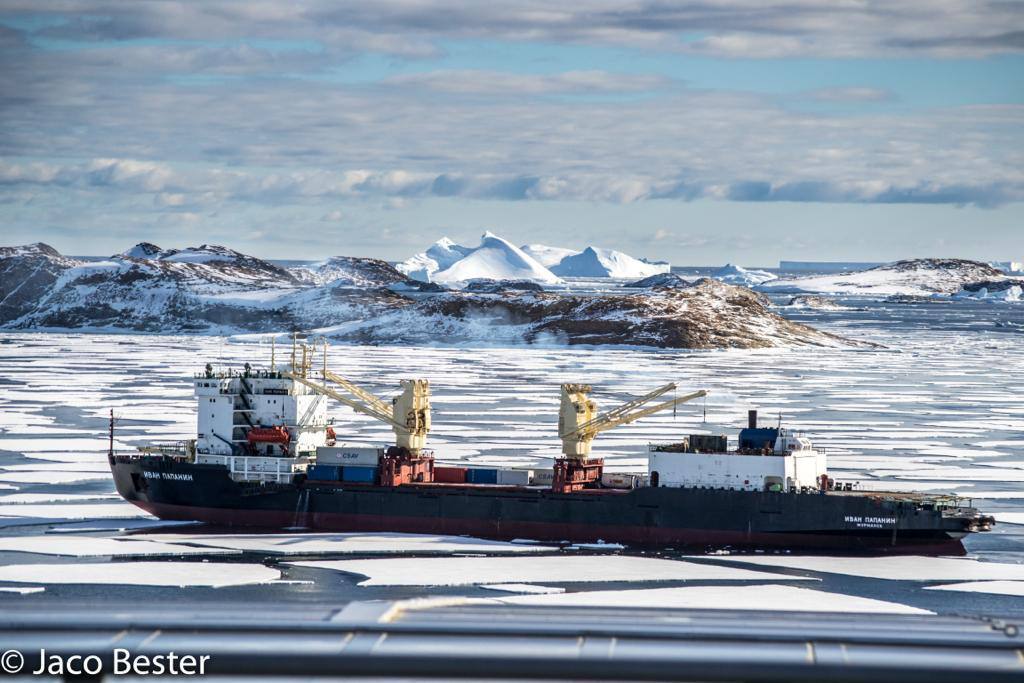
Over the past four decades, a wide spectrum of scientific research has been undertaken at Indian Antarctic stations. “India has done massive research through instrument- and field-based work on atmospheric sciences and space weather, biological sciences, environmental monitoring, Earth sciences and glaciology, medicine and human physiology,” he says.
Dr. Ray, Scientist E at the National Centre for Polar and Ocean Research (NCPOR), Goa, knows Antarctica like the back of his hand. After all, he has been there four times to date. When RT got in touch with him, he was busy making preparations for his fifth visit, and he will sail from Cape Town on Thursday. “Each year, over 100 scientists participate in the expositions,” he says. Dr. Ray is also the scientist-in-charge of the Antarctic Expedition Logistics & Antarctic Science Coordination.
Climatic changes
He and his team study the climatic changes and how the landforms generate over years. “Antarctica is a land of many superlatives (coldest, driest, windiest, etc.) and provides opportunities for scientific research to understand the global climate,” says Dr. Ray.
He says that, though India is seemingly disconnected from Antarctica, the geological history reveals a close association between India and the coldest continent.
According to him, around 180 million years ago, the breakup of Gondwanaland resulted in the separation of Eastern Antarctica and the eastern ghat mobile belt of India. “Subsequently, India migrated northward and collided with the Eurasian plate approximately 50–52 million years ago, leading to the formation of the mighty Himalayas,” he says.
It has been established that the upper atmospheric circulations and ocean circulations, changes occurring in Antarctica and the Arctic, have an influence on the Indian monsoon.
It is believed that the Antarctic peninsula is warming approximately six times faster than the global average and the ice shelves surrounding it are thinning. “Considering the socio-economic impact of the monsoon, particularly in a country like India where agriculture plays a predominant role, it becomes crucial to have a better understanding of the polar regions and their teleconnections with tropical regions,” Dr. Ray says, adding that this understanding has greatly contributed to the accurate prediction of weather patterns.
In fact, researchers at NCPOR have devised a highly efficient and eco-friendly method of synthesizing gold nanoparticles from ionic gold using Antarctic lake bacteria that is tolerant to extreme cold conditions. The method allows scientists to produce high-quality gold nanoparticles without adding synthetic chemical additives such as stabilizing or reducing agents.
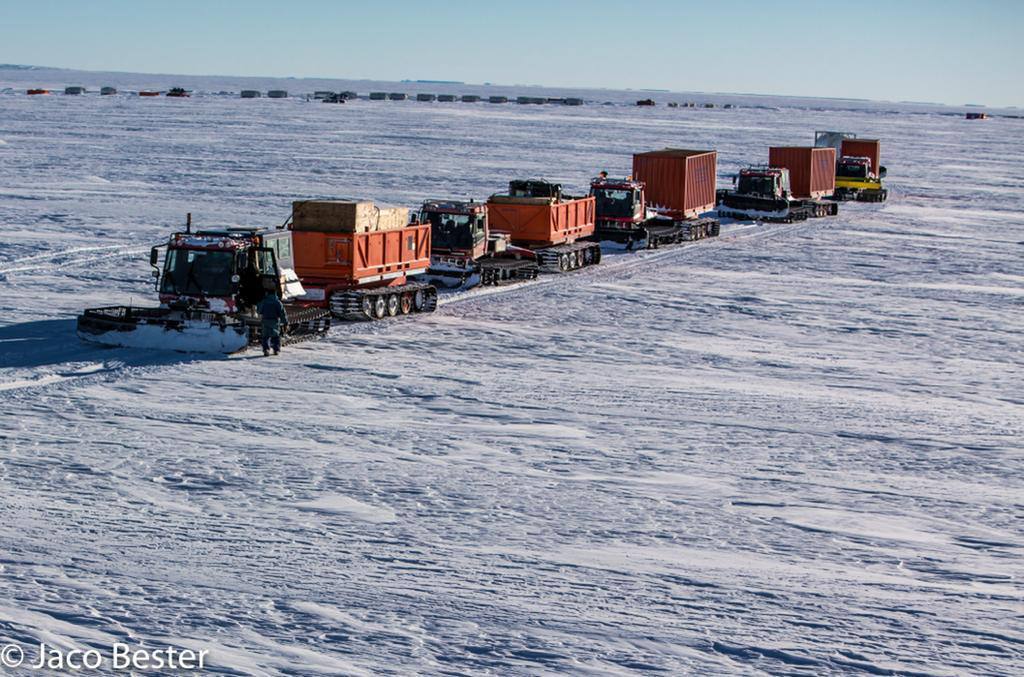
Such gold nanoparticles hold immense promise as effective therapeutic antimicrobial agents or in composite therapy with anti-cancer, anti-viral, and cholesterol-lowering drugs.
In the summer, the area of work expands to a few hundred kilometers around the Maitri and Bharati stations, while during the winter, work is mostly in the vicinity of the stations.
Indian expeditions
Annual scientific expeditions to Antarctica are conducted with scientists drawn from different institutions. The interested scientists first need to submit their proposals in March and defend their projects.
Once approved by the NCPOR, which functions under the Ministry of Earth Sciences, those selected for the Indian scientific expedition to Antarctica undergo a thorough medical checkup at All India Institute of Medical Sciences (AIIMS), New Delhi.
Thereafter, they need to undergo physical training in high-altitude areas like Auli and Badrinath in Uttarakhand. Once cleared, they fly down to Cape Town and then to Antarctica and spend about three months there. The other mode of transport to Antarctica, some 12,000km from India, is by sea vessel. There are those who go for longer durations. To date, 42 expeditions have taken place.
ATCS
In 2007, India hosted the XXX Antarctic Treaty Consultative Meeting (ATCM) in New Delhi, during which the construction of India’s third station, Bharati, was approved, thus ensuring a place for the country among a select group of nations that have multiple research stations in Antarctica.
As a consultative party to the ATS, India has presented its viewpoint in various ATCMs on topics such as resource management, logistics, tourism, and environmental protection. In this way, India actively contributes to shaping the laws and regulations that govern human activity in Antarctica.
